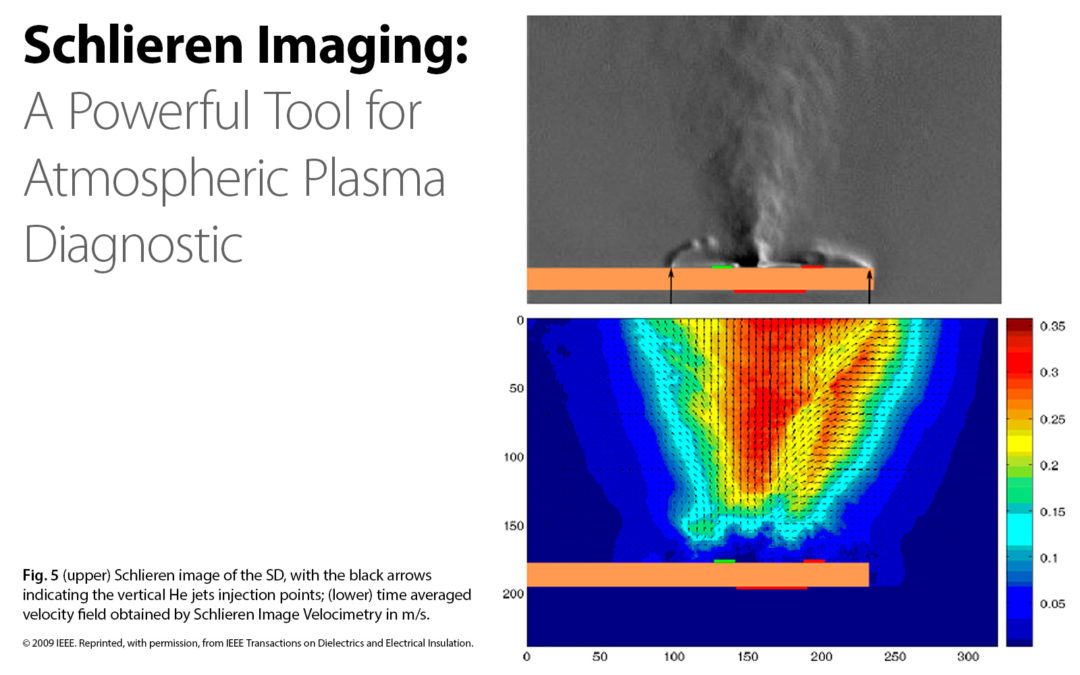by Enrico Traldi, Marco Boselli, Emanuele Simoncelli, Augusto Stancampiano, Matteo Gherardi, Vittorio Colombo & Gary S. Settles
Published May 10, 2018
Abstract
Schlieren imaging has been widely used in science and technology to investigate phenomena occurring in transparent media. In particular, it has proven to be a powerful tool in fundamental studies and process optimization for atmospheric pressure plasma diagnostics, providing qualitative and (in some cases) also quantitative information on the fluid-dynamic characteristics of plasmas generated by many different types of sources. However, obtaining significant and reliable results by schlieren imaging can be challenging, especially when considering the variety of geometries and applications of atmospheric pressure plasma sources. Therefore, it is necessary to adopt solutions that can address the specific issues of different plasma-assisted processes. In this paper, an overview on the use of the schlieren imaging technique for atmospheric pressure plasma characterization is presented. In the first part, the physical principles behind this technique and the different setups that can be adopted to perform it are presented. In the second part, examples of schlieren imaging applied to different kinds of atmospheric pressure plasmas (non-equilibrium plasma jets, plasma actuators for flow control and thermal plasma sources) are presented, showing how it was used to characterize the fluid-dynamic behavior of plasma-assisted processes and reporting best practices in performing this diagnostic technique.
Introduction
The number of industrial and biomedical applications of plasmas at atmospheric pressure has been steadily increasing over the past decade: nowadays, plasma applications include materials treatment for the activation of surfaces or coating deposition, ozone synthesis, fuel conversion and the treatment of liquids bacterial inactivation and plasma-assisted medical therapies, plasma actuators for active flow control on airfoils, gas turbine blades and wind turbines, and high temperature material processing, such as plasma spraying, arc cutting and arc welding, etc. This versatility is gained by several possible combinations of driving power supply, management and composition of working gas, formation and propagation of the discharge and source architecture.
Keywords: schlieren imaging, high-speed imaging
